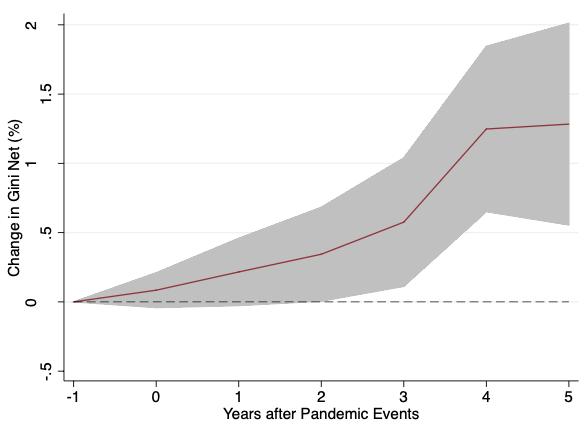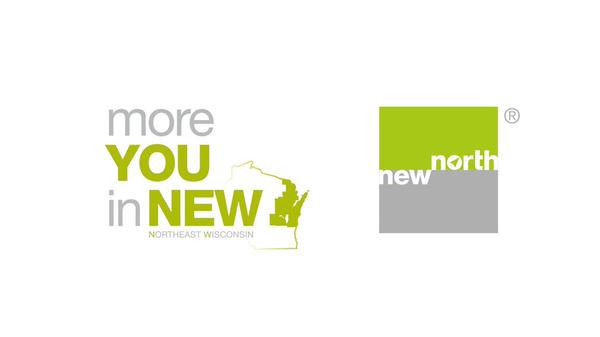Although the increased demands placed on healthcare workers during the Covid-19 pandemic brought the topic of burnout to the forefront, a healthcare workforce crisis was already present well before 2020. A global shortage of healthcare providers (HCPs), coupled with a greater workload due to an aging population and increasing requirements around care documentation, has increased the amount of stress and exhaustion faced by HCPs.
What is burnout?
In the 11th Revision of the World Health Organization International Classification of Diseases (ICD-11), burnout is classified as an occupational phenomenon and defined as “a syndrome … resulting from chronic workplace stress that has not been successfully managed.” It is characterized by:
In a recent survey, 39% of academic primary care physicians reported burnout, and compared with the general working population, physicians have a significantly higher risk of burnout and are less satisfied with their work-life balance. Similarly, 31.5% of nurses reported burnout as a reason for leaving their job.
A shrinking workforce
In addition to professional attrition due to work-related stress, retirement age is approaching for a large proportion of HCPs: 40% of currently working physicians will be at least 65 years old within the next 10 years, and the average age for a registered nurse is 50 years. Nursing in particular is also facing challenges in educating new nurses due to a lack of academic faculty, clinical sites, budget, and clinical preceptors.
At the same time, population growth and aging are driving an increased demand for healthcare and therefore HCPs. In the United States, the population is expected to increase 10% between 2018 and 2033, while those 65 years and older will grow by 45.1%.
Together, this growing demand for healthcare and a shrinking workforce mean longer hours, higher patient load, and less time per patient for HCPs.

Care documentation
The need for documentation of patient care has increased with the move toward performance-based reimbursement. In the United States, the broad adoption of electronic health records (EHR) began in 2011, when the Centers for Medicare and Medicaid Services (CMS) established the EHR Incentive Programs (now known as the Promoting Interoperability Programs) to encourage the adoption and implementation of certified EHR technology. Benefits of EHRs are improved patient-provider communication, ability for patients to easily view test results and order prescriptions, and the pooling of data across health systems via patient registries.
However, HCPs are spending a large proportion of their time, up to 5 hours for every 8 hours of scheduled clinical time, using EHR systems. Another study found that an average of 1.4 additional hours were spent on EHR tasks outside of clinical working hours (before 8:00 am or after 6:00 pm), plus another hour on the weekend. It is estimated that this lost time costs up to US $90-140 billion per year.
Therefore, it’s not surprising that EHRs are a main contributor to stress and burnout in a survey of physicians. It is the large proportion of time spent not only entering information and ordering labs but also attempting to manually extract information for reporting purposes (in addition to other administrative tasks) that pull time away from what HCPs find most meaningful — patient care, research, and medical education. It is because of this that the American College of Physicians (ACP) initiated the “Patients Before Paperwork” initiative in 2015.
Using artificial intelligence to mobilize data and automate tasks
EHR systems have been designed primarily to capture clinical notes and facilitate reimbursement, not to easily extract data for reporting, evaluating patient outcomes, improve operations, or run quality improvement initiatives. Therefore, it’s no wonder that trying to use EHR data for these purposes is resource-intensive and frustrating.
The ACP recently listed seven recommendations to reduce excessive administrative tasks in healthcare, including:
This is where artificial intelligence (AI) technology can step in and help shift HCP time back toward patient care and research, meeting physicians’ expectations that technology can improve efficiencies — for administrative tasks. AI-enabled systems are currently widely used in other industries to optimize marketing strategies (i.e., Amazon), enable self-driving vehicles (i.e., Tesla,) and simplify tasks based on spoken commands in our homes (i.e., Siri, Alexa). In healthcare, AI is helping to interpret imaging and transcribe patient-physician conversations to automatically document care in EHRs.
Other administrative tasks such as completing surgical preference cards, completing patient registries, and optimizing operating room utilization and staffing as well as quality improvement initiatives requiring monitoring of patient outcomes can also be automated and optimized using purpose-built AI algorithms on EHR data.
For many of these purposes, unstructured data, such as clinician notes, lab reports, and imaging, and other data from multiple, disparate systems need to be standardized into a common, centralized format. With AI, this is possible in a fraction of the time it would take a human to find and format the data. Then, those data can be transferred to and ingested by external tools such as registries, analytics and business intelligence (ABI) software, or reporting platforms.
Reducing HCP burden for improved patient care
With an aging patient population requiring more care, a shrinking workforce, and increased administrative burden, alarming rates of burnout among HCPs are easy to understand. However, positive patient outcomes, advancements in research, and a learning healthcare system depend on HCPs performing optimally.
Technology has the potential to transform healthcare, by reducing the need for HCPs to perform repetitive, tedious administrative tasks such as documentation for regulatory and billing purposes. Instead, that time can be transferred to patient care, allowing HCPs to use their clinical training and expertise to improve care and the patient experience.
Photo: gpointstudio, Getty Images
Promoted
Bill Martin, the Global Therapeutic Area Head of Neuroscience at The Janssen Pharmaceutical Companies of Johnson & Johnson, shared some of the promising developments in the neuroscience space, such as the rise of neuro-immunology and the industry’s embrace of digital health tools to support drug development in a recent interview.
Stephanie Baum
Promoted
The report, Resilience in volatility: Modernizing the supply chain, highlights three areas that Fortune 500 and mid-size companies need to address to implement technology such as machine learning, cloud computing and risk management tools to improve production and delivery.
MedCity News and Microsoft




